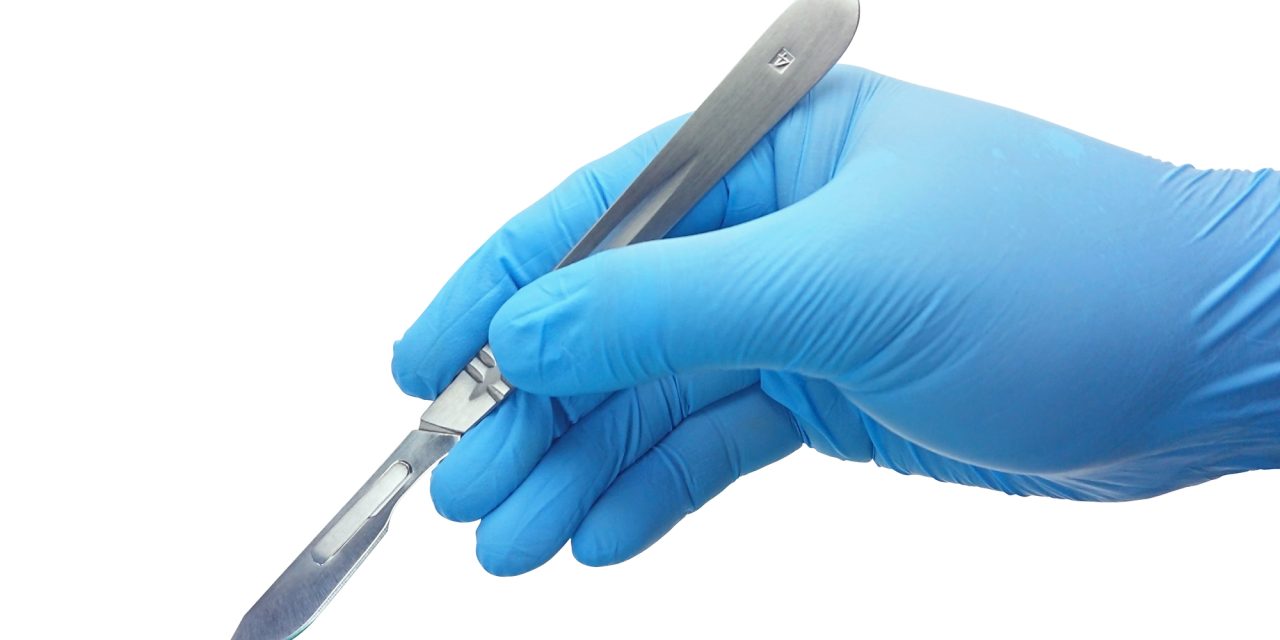The aim of this study to investigate the effects of melamine exposure from the weaning period on the developing brain in rats. Female Wistar albino rats (21 days old, n = 18) were divided into 3 groups, all animals were weighed daily and dose-adjusted. For 3 weeks, 0.1 ml of saline was administered by oral gavage to the control group, 50 mg/kg of melamine to the second group, and 75 mg/kg of melamine to the third group were administered by oral gavage by dissolving in 0.1 ml of saline. On the postnatal 45th day, the rats were sacrificed under anesthesia and brain tissues placed in neutral formalin. After routine tissue processing, brain sections were stained with hematoxylin&eosin(H&E) and Terminal deoxynucleotidyl transferase(TdT) dUTP Nick-End Labeling(TUNEL), IBA-1, Glial Fibrillar Acidic Protein(GFAP), Tumor necrosis factor-α (TNF-α), and SMI-70 antibodies as immunohistochemically. In the results, according to apoptotic index(AI) results, there was a significant increase in the 75 mg/kg and 50 mg/kg melamine groups compared to the control groups (p < 0,05). There was a significant increase in the number of anti- TNF-α positive neurons and the number of anti-GFAP positive astrocytes in both melamine groups compared to the control group (p < 0,01). In terms of SMI-71, an increase was found in the 75 mg/kg group compared to other groups (p 0.05). It has been observed an increase in dilatation of blood vessels, inflammatory cell infiltration, and endothelial cell degeneration in the 50 mg/kg and 75 mg/kg melamine groups compared to the control group (p 0,05). Melamine exposure (50 mg/kg and 75 mg/kg) from the weaning period causes apoptosis and inflammation in the developing brain, and the disruptions in the blood-brain barrier (BBB) significantly increase exposure to 75 mg/kg.Copyright © 2021. Published by Elsevier B.V.
Melamine Exposure From The Weaning Period Causes Apoptosis, Inflammation, and Damage To The Blood-Brain Barrier.


